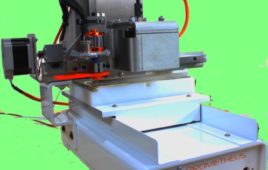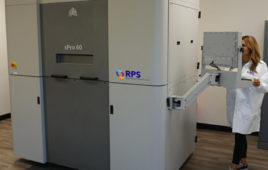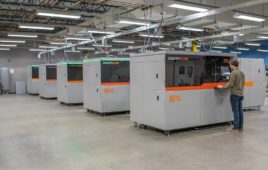Bathtub toys and other children’s toys could soon be turned into ‘smart’ electronics. American Chemical Society scientists reported they are using specialized nanogenerators that gather mechanical, vibrating energy that help power and create smart electronic toys, according to Eurek Alert.
This finding could have an impact on many commercial applications. Battery-free and self-powered toys could eventually influence medical sensors and other technological devices.
In order to keep most toys up and running, it requires frequent battery changes or hours of charging. Researchers are exploring a way to create and maintain energy for devices with triboelectric nanogenerators (TENGs).
TENGs use electrical charges from friction, which creates a biomechanical energy. The TENGs intensify and covert this energy into a useable form. This approach has been challenging for commercial applications because of the low energy storage and efficiency conversion. In order to tackle this challenge, Sang-Jae Kim and other researchers at Jeju National University in South Korea, continued to pursue their research in order to more effectively channel energy from TENGs.
In order to create self-powered smart toys, the researchers designed and combined TENGs with aluminum electrodes and an eco-friendly silicone film in between. This was engineered within rubber ducks and clapping toys. If the toys were squeezed or shook, the electrodes created an electrical charge once they made contact with the film. When the TENGs were activated, they created enough biomechanical energy to activate LED lights attached to each toy for a sustainable period of time.
The researchers hope their approach can help transform the battery-operated toy world and help power smart gadgets that impact the medical field and wearable electronics.
Filed Under: Rapid prototyping




